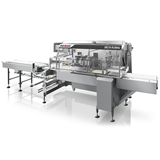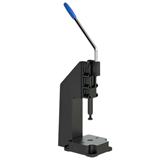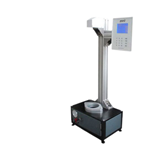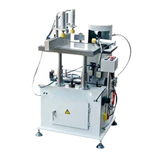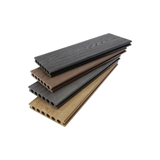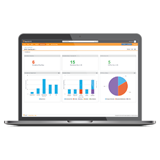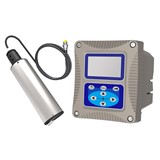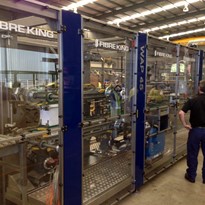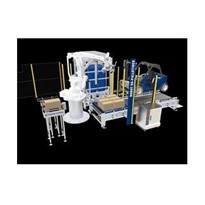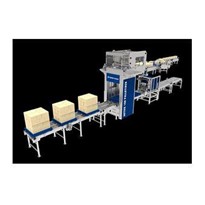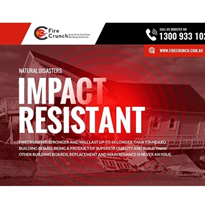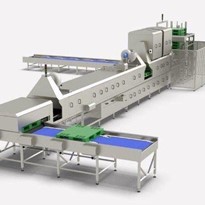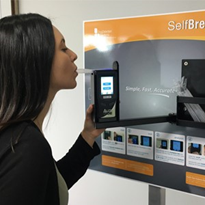When investing in end-of-line packaging machinery, it's crucial to pay close attention to the quality and type of board used in your packaging process. The board, or packaging material, plays a significant role in how effectively automation machinery can handle it. Ignoring the board quality, design of the die lines, and creasing can lead to operational challenges and potential disruptions in your production line. Here's why getting your board right from the beginning is essential and how changes down the track can be costly.
Impact on Automation Machinery:
End-of-line packaging machinery relies on consistent and predictable materials handling to ensure smooth operation. This includes the packaging materials. The quality and type of board used can directly impact how well the machinery performs. Different types of board, such as corrugated, solid fibre, or paperboard, have varying characteristics in terms of strength, rigidity, and surface friction. Automated systems, such as case packers, carton erectors, conveyors, robotic arms, or stacking devices, are designed with specific board properties in mind. If the board does not match the machinery's capabilities, it can result in jams, misfeeds, overfeeds, or ill formed packaging, compromising efficiency and productivity.
Behaviour Changes with Board Variation:
Any changes in board quality or type will influence how the machinery behaves during the packaging process. For example, switching from one board supplier to another may introduce variations in porosity, thickness, texture, or coating, which can affect how machine components can handle the material. Slippery or weak boards might lead to instability, misalignment, or even damage to the packaging or the machinery itself. It's crucial to consider the compatibility between the desired board and the machinery's specifications to ensure optimal performance.
Costly Implications:
It is important to maintain the board quality and specifications if a change is required after investing in end-of-line packaging machinery. It can be a costly endeavour if the change impacts the performance of the equipment. Modifications may be required for the machinery to perform, this might include additional adjustments, or the purchase of new components to handle the new board's characteristics. These changes can result in downtime, decreased productivity, product loss or damage which are all ultimately additional expenses. By choosing the right board quality, designed to suit the application, and aligning it with the machinery's capabilities, you can avoid such disruptions and costly modifications.
Testing and Collaboration:
To ensure the compatibility of the board with the end-of-line packaging machinery, it's advisable to conduct thorough testing and collaborate closely with both the board supplier and machinery manufacturer. Engage in discussions with your board supplier to understand the specific properties and limitations of the chosen material. Consult with the machinery manufacturer or integrator to assess the compatibility and performance of the machinery with different board types. Their expertise and guidance can help you make informed decisions and avoid potential issues in the future.
When investing in end-of-line packaging machinery, considering the board quality and design is vital for optimal performance and smooth operations. Different board types have varying characteristics that directly impact the machinery's ability to handle them. Changes in board quality down the track can lead to operational challenges and costly modifications. By selecting the right board from the beginning, conducting thorough testing, and collaborating with suppliers and manufacturers, you can ensure seamless integration and maximise the efficiency of your packaging process. Remember, getting your board right is an investment in the long-term success and cost-effectiveness of your production line.







